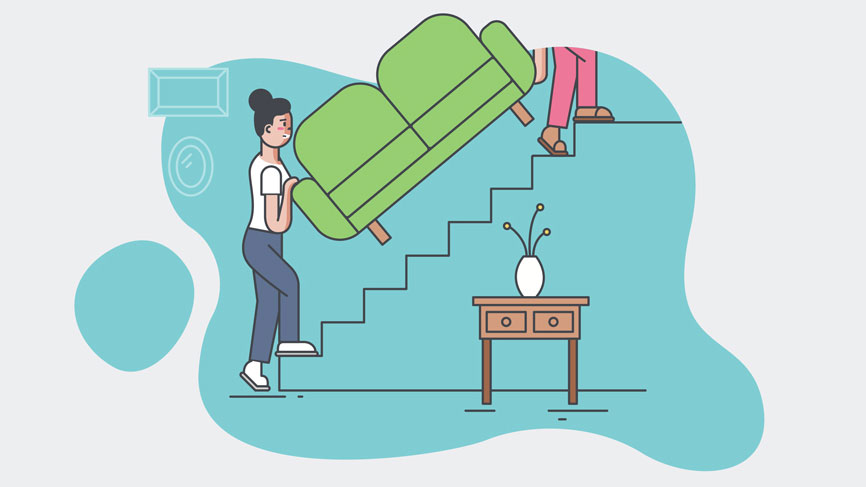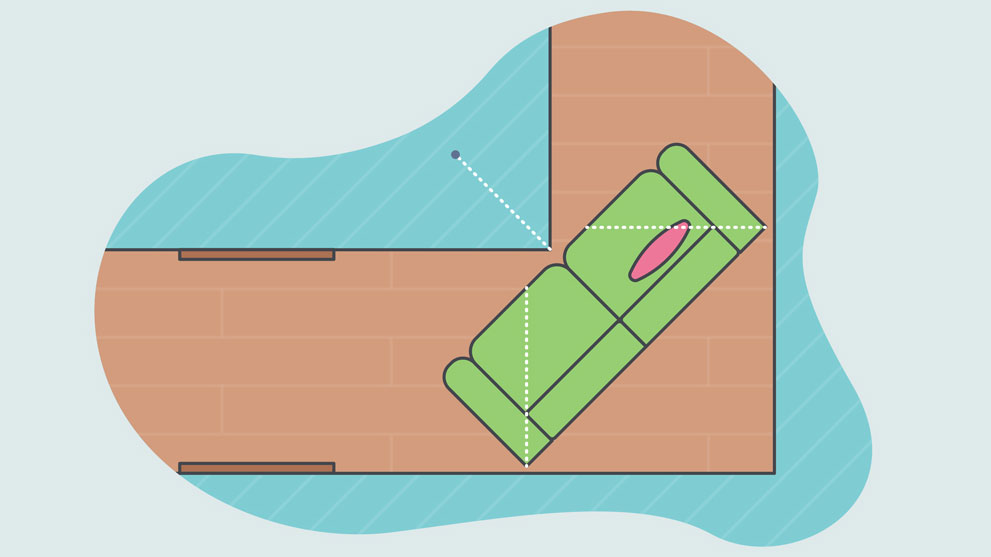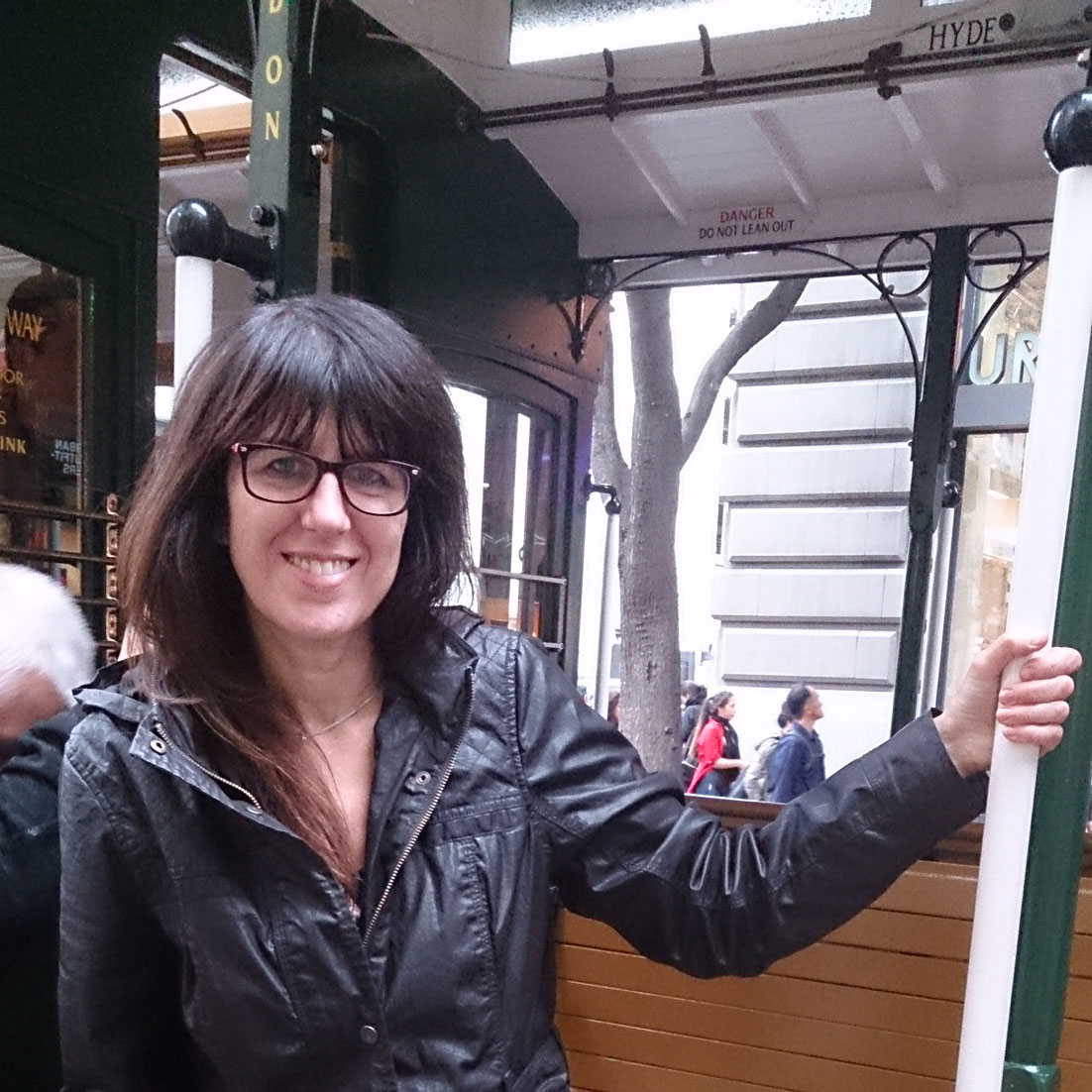Avoid a moving day mishap with top tips for your physical (and emotional) safety
One in 20 people has ended up in hospital after moving says new research


Moving house could see you ending up in A&E rather than your new living room, as a survey reveals it is surprisingly dangerous for your health.
Nearly 1 in 20 people have had to go to seek medical help after being injured while shifting furniture, and 1 in 16 have had to call in sick at work because of it. Shifting unwieldy sofas, beds and wardrobes has resulted in everything from scraped knuckles to bad backs, according to research by Furniture Village.
Stressful situation
It is commonly accepted that moving house is a stressful experience, but what people may fail to take into account is the physical toll on themselves, their homes and possessions
Apart from injuries, 30 per cent of the people questioned said they had damaged furniture in the process, with 1 in 20 saying it was so bad they’d actually abandoned the item as not being worth the effort and risk anymore. And 11 per cent admitted they’d damaged the property – either leaving the new owners with a nasty surprise or themselves with something to fix after moving in.

12 ways to reduce stress when moving house
Emotional fallout
And then there is the emotional cost of the experience. Almost 1 in 5 said they’d ended up falling out with their partner, and four per cent were banished to the wretched sofa as a result.
To stop the physical and mental strain leading to it becoming a broken home – in all senses – Furniture Village got professional mover Horace Warmington, couples’ therapist Nikki Harris, and mathematician Seb Boden to create an experts' guide to moving furniture, using maths to take some of the strain and stress away.
Get small space home decor ideas, celeb inspiration, DIY tips and more, straight to your inbox!
Six top tips for moving furniture easily

'The smile’ is the shape you follow moving furniture round a corner, curving from one side to the other
- Bear in mind that when carrying furniture up steps, the person who goes first needs to be the eyes, warning about where obstacles and corners are, and deciding when to push, pull, lift and turn. The person lifting the back is the muscle as they take the brunt of it.
- The flatter the angle you carry something at, the more equally the weight will be shared between the people lifting it.
- When manoeuvring furniture around corners, visualise ‘the smile’ which is the shape of the path you move it round, curving from one side to the other. This works whether you’re pivoting a sofa around a corner, or standing it upright and see-sawing it through a low doorway.
- Measure door frames and access points before moving a large item or having one delivered, then work out the route you'll take. If you’re moving a piece of furniture out of a room and the door frame’s been replaced or upgraded, you might not be able to get your sofa out again in one piece.
- If you need an extra inch or two to get an item through, try removing the feet. And take off sofa or chair cushions to create a void.
- If you don’t understand what your moving partner is asking of you, don’t respond defensively, raise your voice, repeat what they’ve said or use sarcasm as this will frustrate and irritate the person needing help.

Alison is Assistant Editor on Real Homes magazine. She previously worked on national newspapers, in later years as a film critic and has also written on property, fashion and lifestyle. Having recently purchased a Victorian property in severe need of some updating, much of her time is spent solving the usual issues renovators encounter.